US-China ‘phase one’ trade deal in five points
The agreement may cool if not stop the economic war between the two superpowers
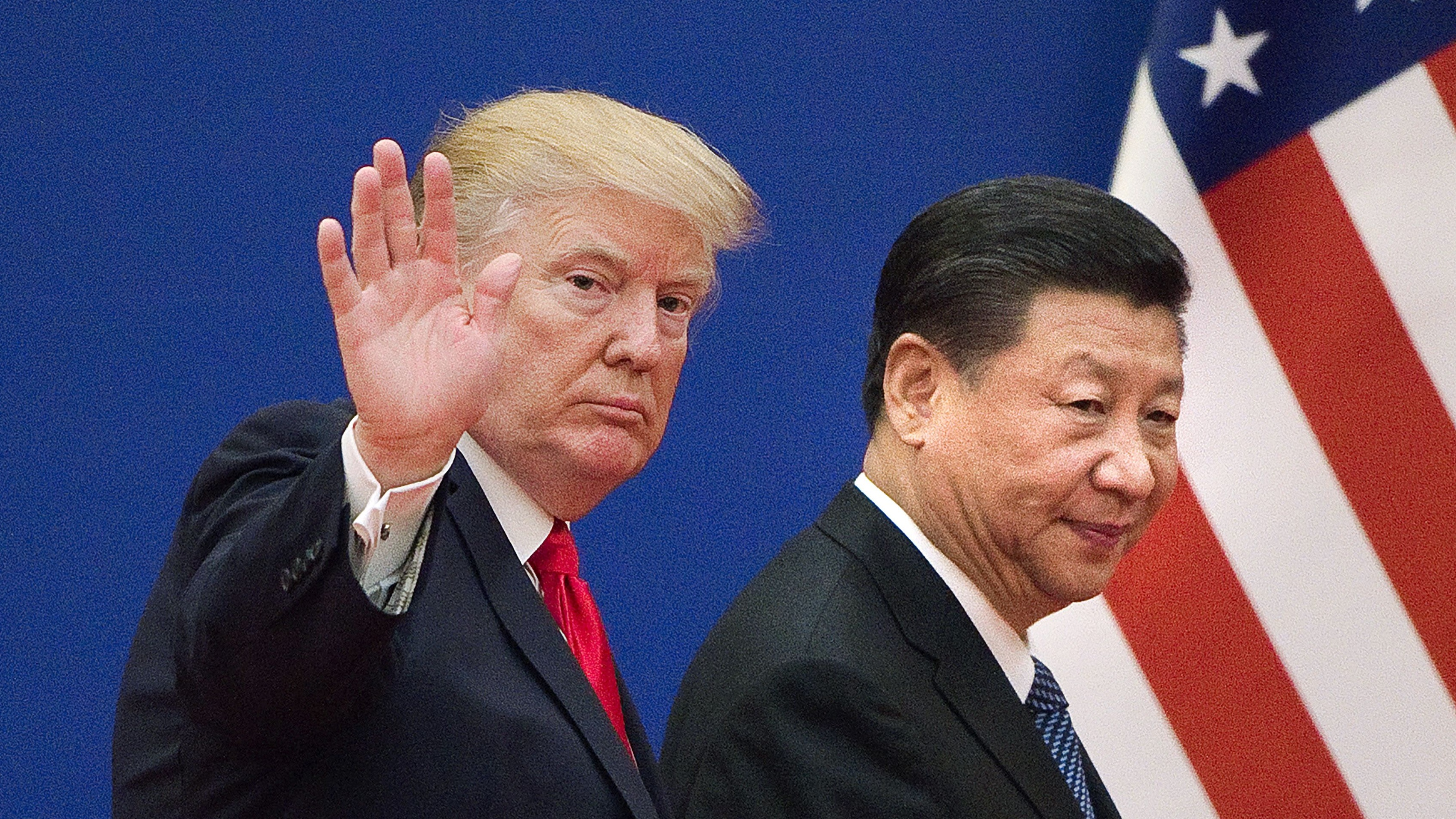
The US and China are set to end their long-running trade war and finalise the first stage of a deal between the world’s two most powerful economies.
The “phase one” agreement will be formalised at a ceremony at the White House today, after months of confrontation “cast a cloud over global growth” and left “both countries fear[ing] the economic and financial fallout from escalating tensions”, reports the Financial Times.
So what does the trade deal actually say?
The Week
Escape your echo chamber. Get the facts behind the news, plus analysis from multiple perspectives.

Sign up for The Week's Free Newsletters
From our morning news briefing to a weekly Good News Newsletter, get the best of The Week delivered directly to your inbox.
From our morning news briefing to a weekly Good News Newsletter, get the best of The Week delivered directly to your inbox.
China is committing to buy American
The FT reports that the deal commits China to “making $200bn [£153.6bn] in additional purchases of US goods”.
US President Donald Trump is expected to describe this element of the agreement as a “major breakthrough”, says The Guardian, especially Beijing’s pledge to purchase “up to $50bn [£38.4bn] of US agricultural products per year”.
The New York Times reports that the deal provides China with greater access to American markets, in a boost for US producers.
A free daily email with the biggest news stories of the day – and the best features from TheWeek.com
It will not mean an end to tariffs
While Trump is expected to boast that the agreement proves his deal-making credentials, The Guardian reports that “the fizz is going flat, even before the corks fly out of the bottles”.
The White House has confirmed that tariffs imposed on China over the past 18 months will remain in place “until there is a Phase 2”. This means it is unlikely that any tariffs will be removed until after the November presidential election.
Speaking to reporters before the signing, US Treasury Secretary Steven Mnuchin, said: “These tariffs will stay in place until there is a Phase 2. If the president gets a Phase 2 in place quickly, he’ll consider releasing tariffs as part of Phase 2.”
The New York Times says that the $360bn (£308bn) worth of tariffs will remain in place to “prevent China from violating the agreement”.
China has pledged to clamp down on stealing
A major concern for US companies heading into the negotiations was the safeguarding of their corporate secrets. “Years of rampant piracy, trade secrets theft and discriminatory treatment left many American executives eager for a confrontation with Beijing,” reports The Washington Post.
The deal does go some way to reducing those worries, with the New York Times reporting that “China has promised to punish Chinese firms that infringe on or steal corporate trade secrets”.
China will also not direct Chinese companies to obtain “delicate foreign technologies” through acquisitions, reports the paper, a method US officials claim China has exploited to “leap to the forefront of advanced industries”.
–––––––––––––––––––––––––––––––For a round-up of the most important business stories and tips for the week’s best shares - try The Week magazine. Start your trial subscription today –––––––––––––––––––––––––––––––
The deal will steady markets, but only a little
Speaking to the Financial Times, chief economist at New Jersey-based PGIM Fixed Income, Nathan Sheets, said that the deal will remove “some important clouds” from a market perspective, but added: “I would be doubtful this is enough for firms to restart investment”.
The caveat is based on the fact that neither US nor Chinese officials have offered any indication on the “timing or prospects” for a second phase of negotiations, the paper adds.
The Guardian echoes this, reporting that given the “long grind” required to negotiate the 80-page phase one deal, “investors fear that a comprehensive trade deal could take a long time to agree”.
This is a cooling, not an end, to US-China tensions
While the deal is a breakthrough in the trade war between the two economic superpowers, it “falls far short of a lasting peace”, according to the Financial Times.
The paper notes that the “deeper strategic rivalry between the two powers” – accelerated under Donald Trump – will not be halted by the deal. These tensions centre on contentious issues such as “military matters and primacy in advanced technologies from 5G communications to artificial intelligence”, the paper says.
The Guardian also reports that concerns still linger that China will renege on the deal. Ipek Ozkardeskaya, senior analyst at Swissquote Bank, told the paper that watching the deal is like “watching a live show in the theatre of the absurd”.
After the Trump administration revealed that no tariffs will be cut until after US presidential election in November, “the risk here is that the double-standard agreement could provide a weak basis for the future negotiations, impair the benefits, or even spoil the deal”, Ozkardeskaya said.
“The success of the deal hinges on whether China will follow through on its commitments on paper,” says the New York Times. “Something Trump administration officials and China hawks say it has failed to do in the past.”
-
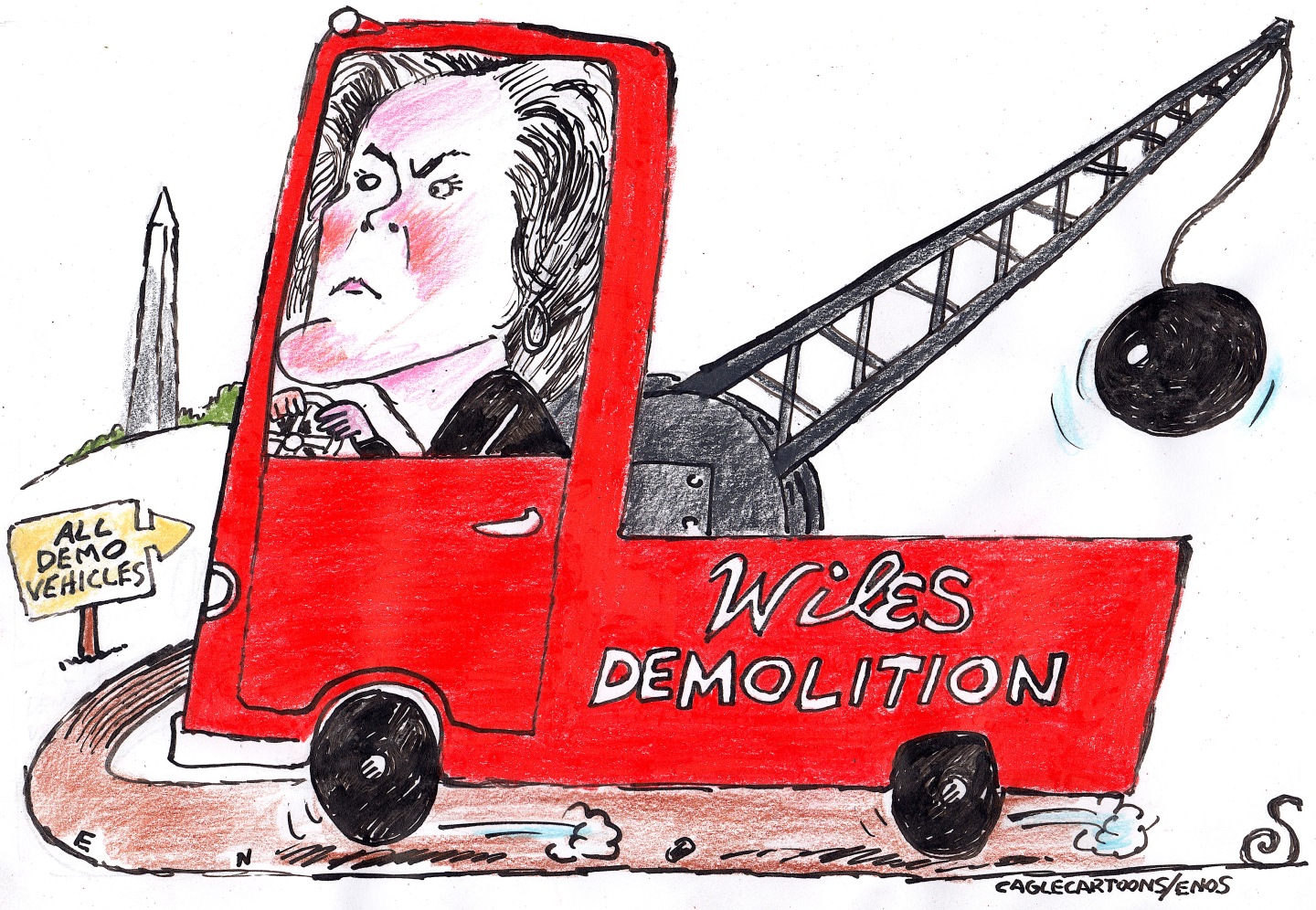 5 fairly vain cartoons about Vanity Fair’s interviews with Susie Wiles
5 fairly vain cartoons about Vanity Fair’s interviews with Susie WilesCartoon Artists take on demolition derby, alcoholic personality, and more
-
 Joanna Trollope: novelist who had a No. 1 bestseller with The Rector’s Wife
Joanna Trollope: novelist who had a No. 1 bestseller with The Rector’s WifeIn the Spotlight Trollope found fame with intelligent novels about the dramas and dilemmas of modern women
-
 Codeword: December 20, 2025
Codeword: December 20, 2025The daily codeword puzzle from The Week
-
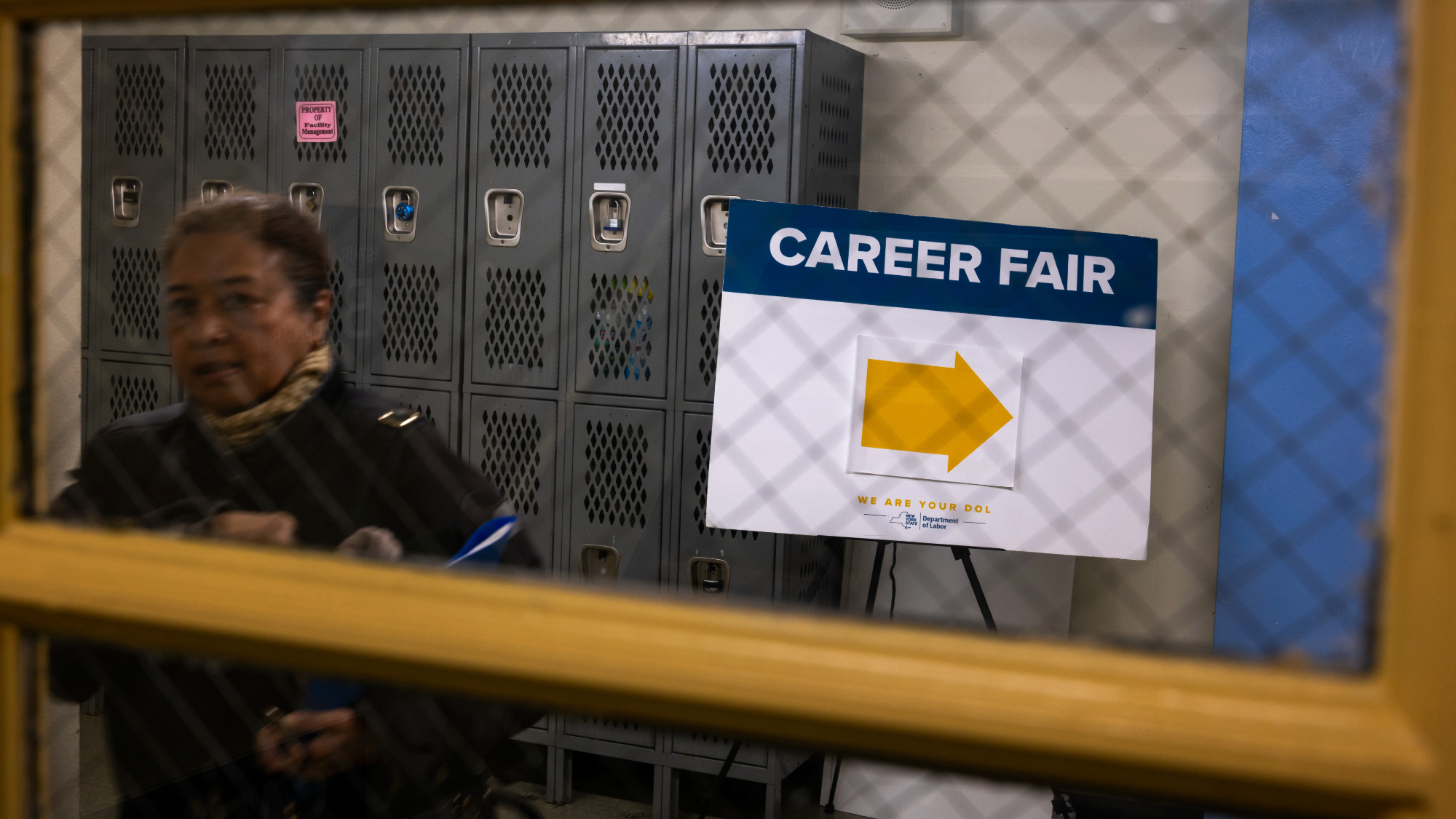 Unemployment rate ticks up amid fall job losses
Unemployment rate ticks up amid fall job lossesSpeed Read Data released by the Commerce Department indicates ‘one of the weakest American labor markets in years’
-
 Phish food for thought: Ben & Jerry’s political turmoil
Phish food for thought: Ben & Jerry’s political turmoilIn the Spotlight War of words over brand activism threatens to ‘overshadow’ the big ice cream deal
-
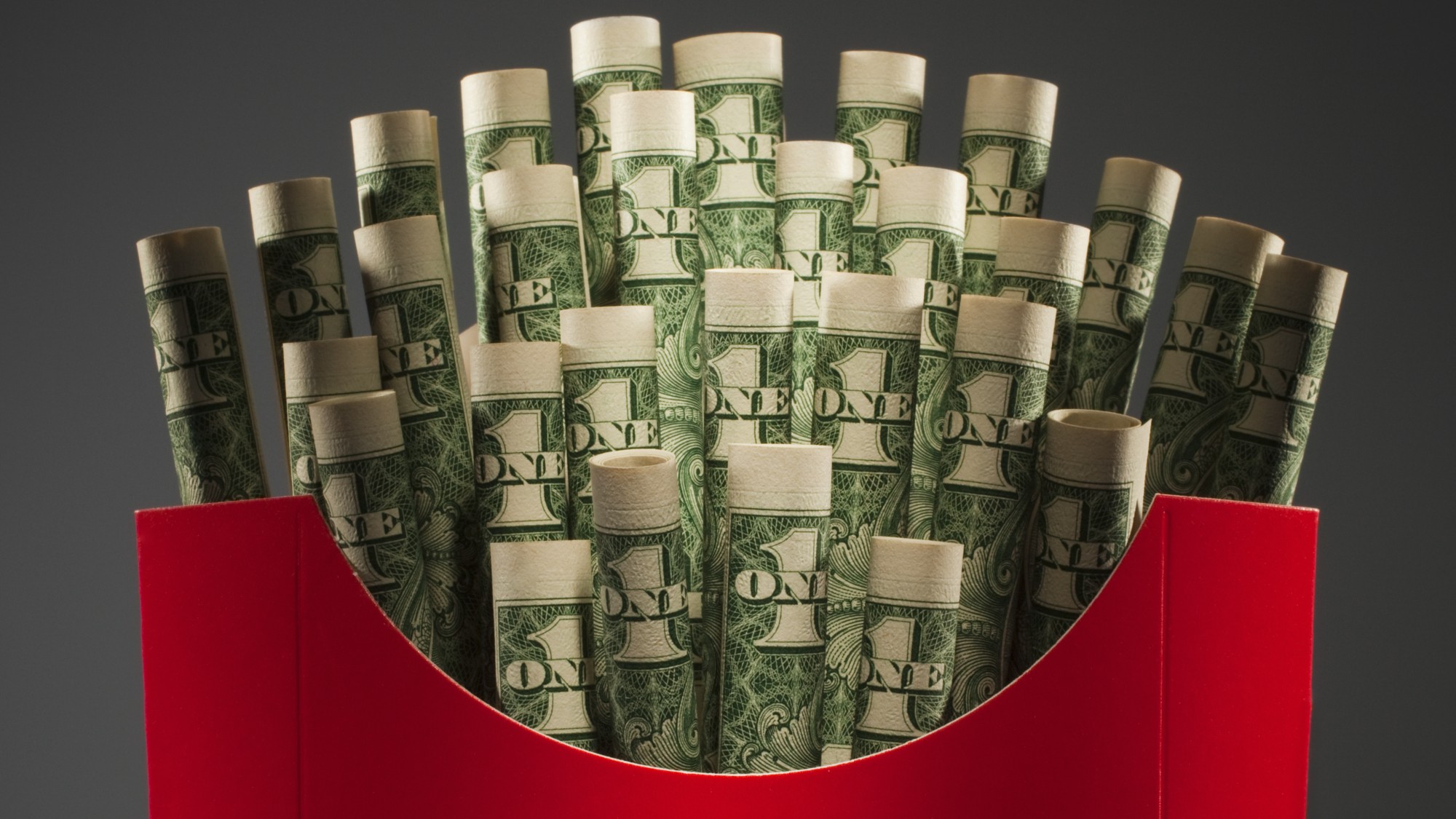 Fast food is no longer affordable for low-income Americans
Fast food is no longer affordable for low-income AmericansThe explainer Cheap meals are getting farther out of reach
-
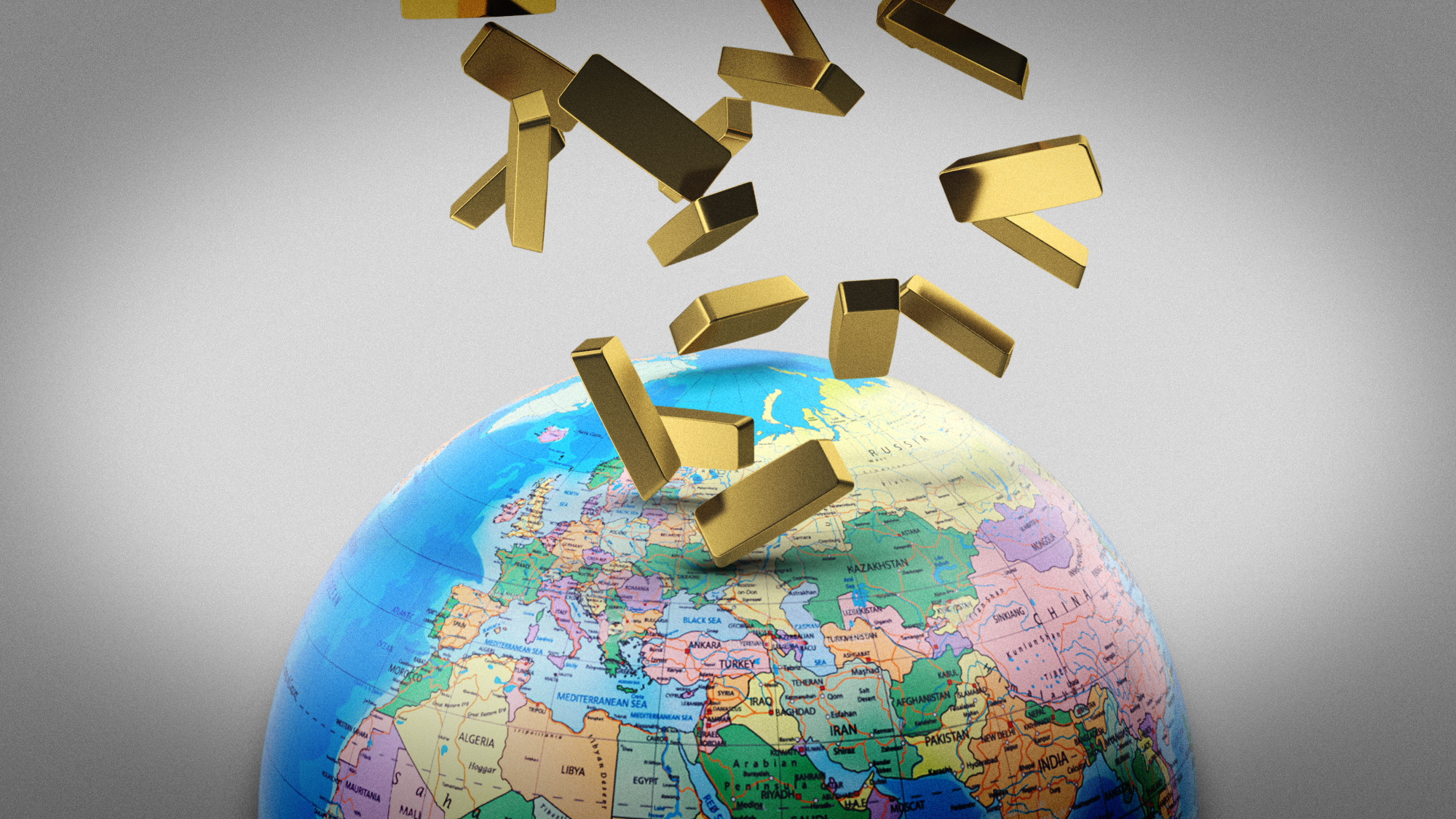 What a rising gold price says about the global economy
What a rising gold price says about the global economyThe Explainer Institutions, central banks and speculators drive record surge amid ‘loss of trust’ in bond markets and US dollar
-
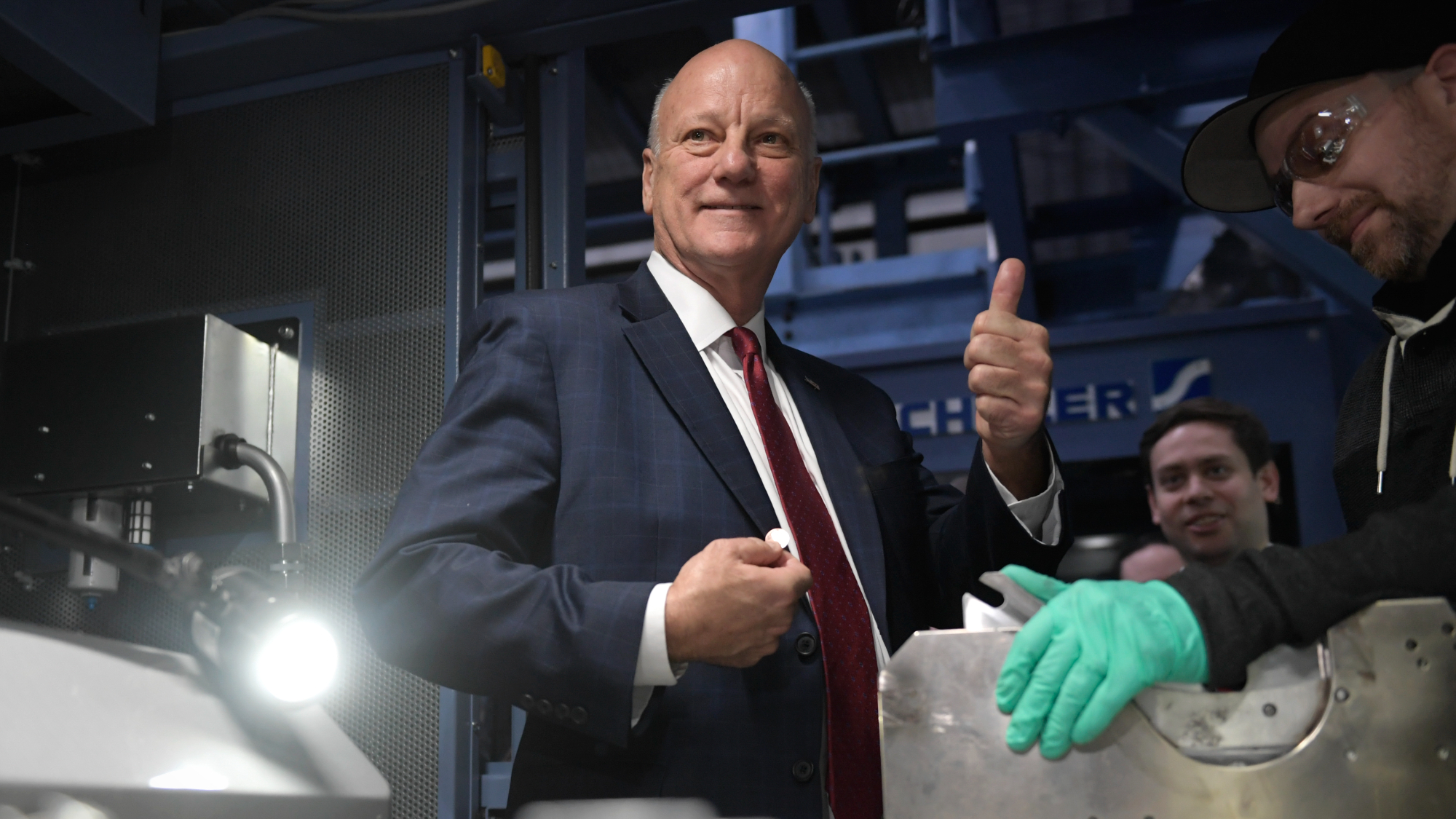 US mints final penny after 232-year run
US mints final penny after 232-year runSpeed Read Production of the one-cent coin has ended
-
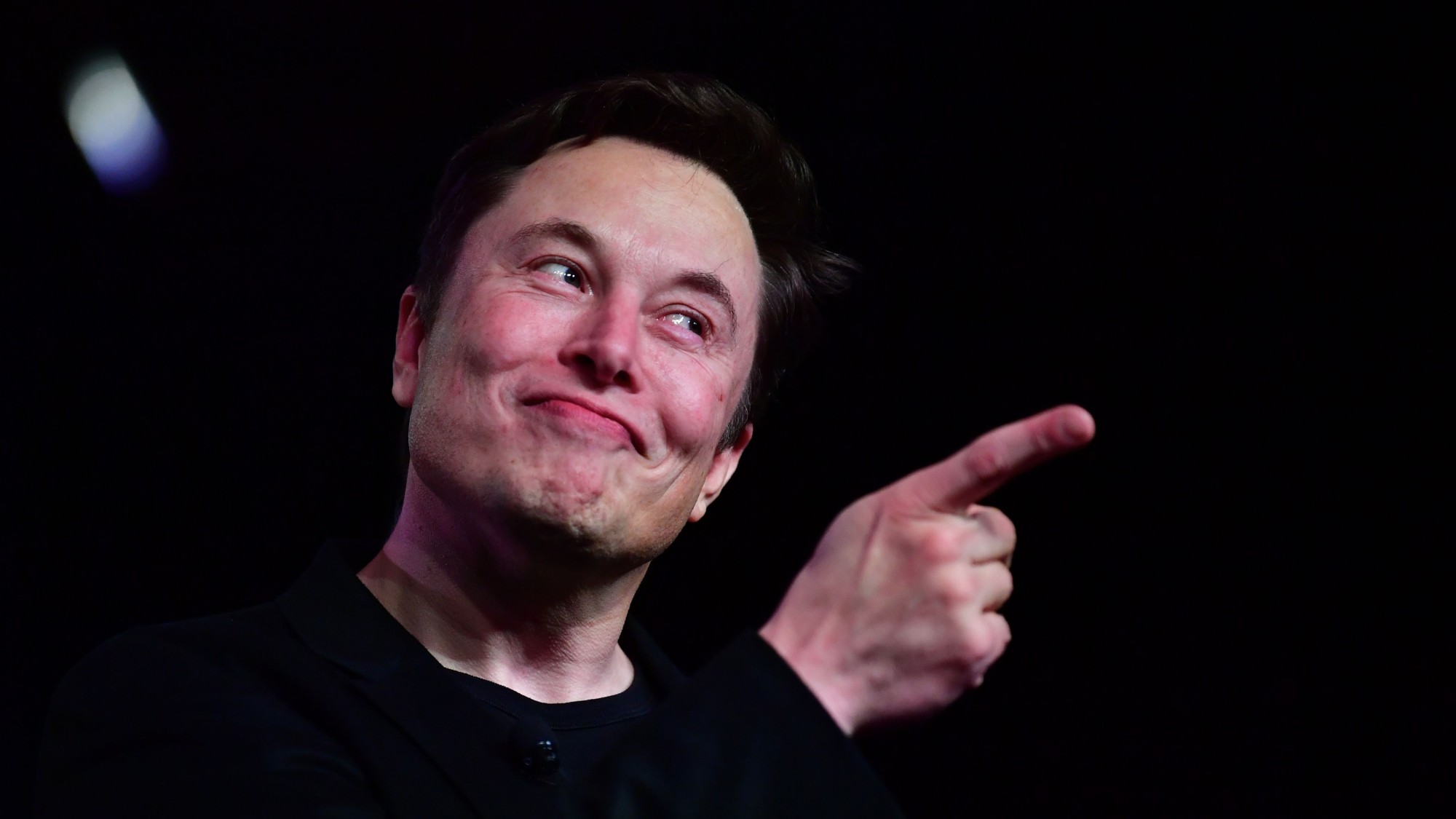 How Tesla can make Elon Musk the world’s first trillionaire
How Tesla can make Elon Musk the world’s first trillionaireIn The Spotlight The package agreed by the Tesla board outlines several key milestones over a 10-year period
-
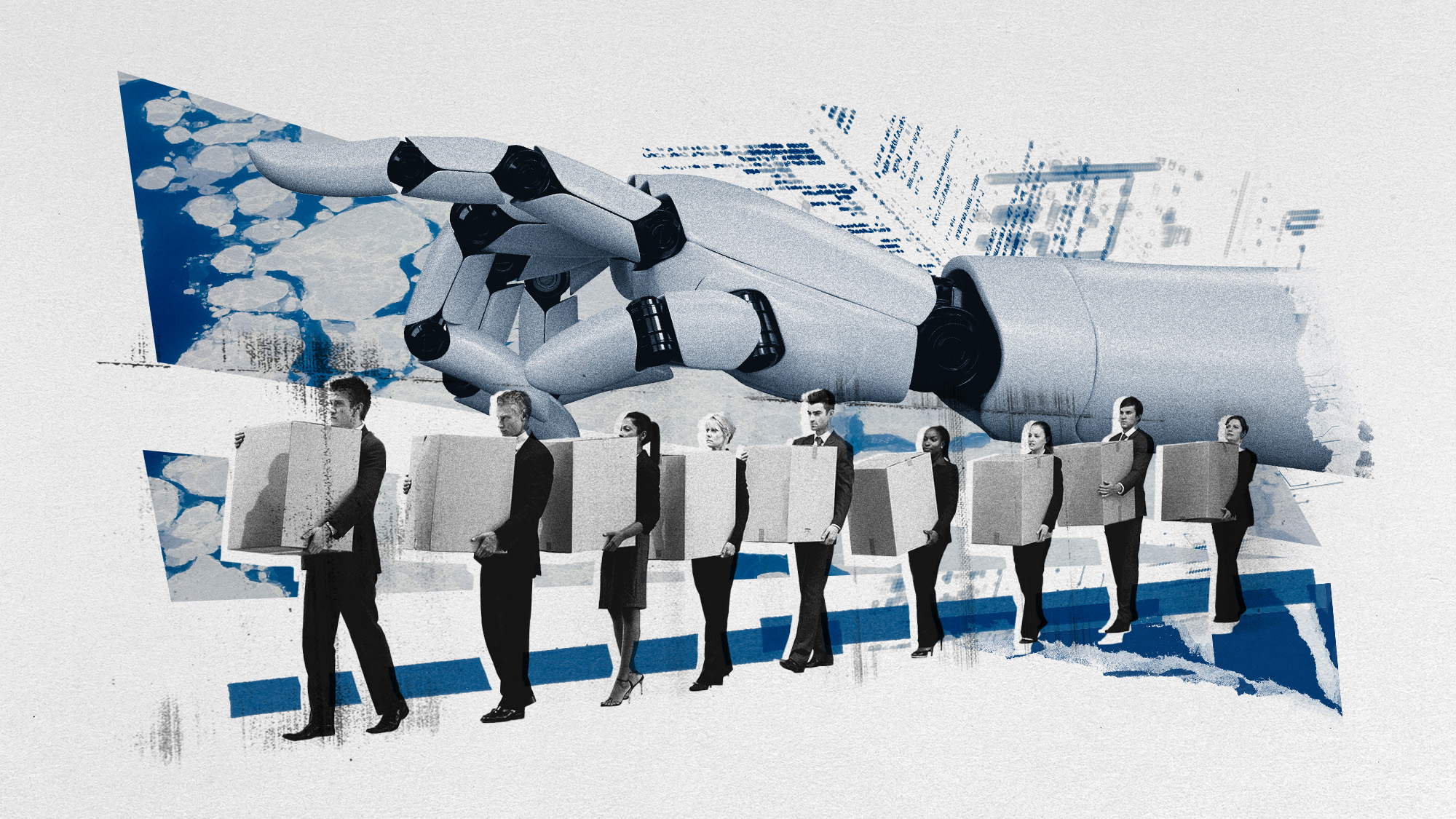 Is the job market frozen or faltering?
Is the job market frozen or faltering?Today's Big Question Layoffs raise alarms while young workers eye law school
-
 Argentinian beef is at the center of American farmers’ woes
Argentinian beef is at the center of American farmers’ woesThe Explainer ‘It feels like a slap in the face to rural America,’ said one farmer